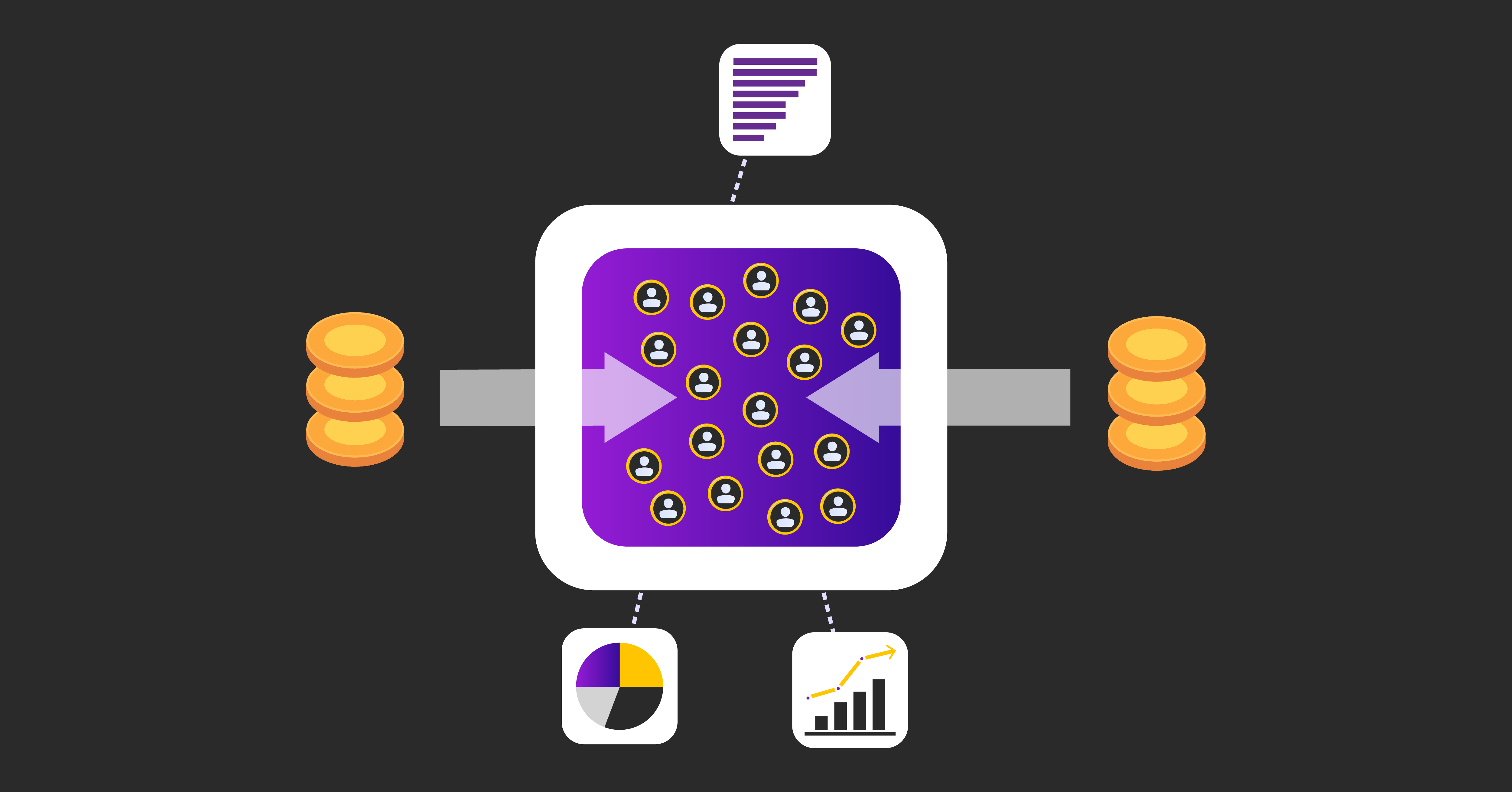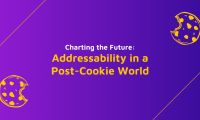Unlocking the Future of Publishing: Why Data Clean Rooms Are More Crucial Than Ever
The clock is ticking on third-party cookies. As they face increasing scrutiny and regulatory constraints, marketers must indeed prepare for a new game plan, and they must do so with urgency. The imminent shift toward privacy-centric digital advertising is sparking conversations about alternatives for third-party cookies to continue collecting crucial consumer behavior insights. One emerging solution that holds great promise in this changing landscape is the concept of data clean rooms.
Let’s understand what are data clean rooms
Data clean rooms are secure environments at the forefront of modern digital advertising, primarily built upon non-individualized data. In these controlled spaces, major digital platforms like Google, Facebook, and Amazon share aggregated data, devoid of specific user details, with advertisers. Simultaneously, advertisers contribute their own first-party data.
While these major digital platforms are notable contributors of aggregated data, non-individualized data can also be sourced from other parties. In data clean rooms, the focus is on securely combining and analysing data from various sources while ensuring individual privacy, and this can involve data from a range of contributors, not exclusively walled gardens.
This amalgamation enables advertisers to perform data comparisons and analyses, helping them assess campaign effectiveness and audience targeting while preserving individual privacy.
The Promise of Data Clean Rooms
Data clean rooms represent a fresh approach to data collaboration and analysis. Advertisers and publishers can securely share and analyze data without exposing individual-level information.
There is a fundamental shift in the advertising landscape towards greater accountability and efficiency. As advertisers recognize the limitations of siloed data and the challenges of fragmented campaigns, they are turning to data clean rooms as a solution to bridge these gaps.
Furthermore, data clean rooms provide a competitive advantage by enabling more accurate targeting and campaign optimization.
In light of the looming enforcement of stricter data privacy laws such as GDPR and CCPA, compliance with these regulations has transitioned from being merely a choice to an imperative necessity.
Instances of data mishandling and privacy breaches also underscore the critical need for businesses to prioritize robust data protection measures.
Data clean rooms emerge as a compelling solution in this landscape, providing a secure haven for organizations to collaborate and analyze data while safeguarding individual privacy.
Benefits of data clean rooms
By providing a secure environment for cross-platform data sharing, they allow for a more comprehensive view of consumer behavior. This means that marketers can identify and target their ideal audience with greater precision, resulting in more effective campaigns and improved ROI.
Marketers often work with their own first-party data, and clean rooms provide a platform for merging this data with insights from major platforms and partners. This fusion of data sources can uncover hidden trends, patterns, and correlations that may have been previously overlooked, allowing for smarter decision-making and strategy refinement.
Data clean rooms are a privacy-first solution that strikes a balance between data collaboration and individual privacy. It allows brands to share valuable ad impression data without exposing customer identities. This not only ensures compliance with stringent data protection regulations but also fosters trust among consumers.
What are the types of data clean rooms?
- Walled Gardens
Walled garden data clean rooms, offered by digital giants like Facebook, Google, and Amazon, create a secure space for data collaboration within their respective ecosystems.
While effective within their domains, they come with notable limitations. The primary drawback is their inability to provide a complete view of customer journeys, as the data analyzed remains confined to the specific platform.
This restriction limits advertisers from gaining a comprehensive understanding of customer behavior across various digital touchpoints. Additionally, these clean rooms can be expensive, which could deter smaller businesses or those with budget constraints.
- Agency data solutions
Agency data solutions offer the means to break free from the constraints of platform-specific clean rooms, providing a broader, more adaptable, and ultimately more effective approach to data collaboration and analysis.
These solutions are designed to be channel-agnostic, meaning they have the capacity to seamlessly incorporate data from a variety of sources and platforms. This adaptability is a considerable advantage, as it enables advertisers to attain a holistic understanding of their audience and marketing endeavors.
- Partnerships and outsourcing
Collaborating with specialized data management providers can offer speed and cost-effectiveness, particularly for brands looking to leverage data clean room capabilities without investing heavily in infrastructure and expertise.
These partnerships provide an avenue for brands to harness the benefits of data clean rooms without the burden of building and maintaining their own data environments.
It’s a strategic move, as it allows brands to focus on their core competencies while entrusting data management to experienced professionals who can deliver actionable insights and compliant data practices.
In today’s data-driven landscape, ethical data collaboration is non-negotiable. By keeping General Data Protection Regulation (GDPR) compliance in mind, organizations position themselves to navigate the intricate data landscape confidently and with unwavering integrity.
In a world where first-party data holds increasing significance, these decisions are pivotal for sustainable and responsible data-driven practices. The choice of a data clean room and partnership directly influences an organization’s ability to uphold data ethics and comply with evolving data privacy regulations.




Leave a Reply